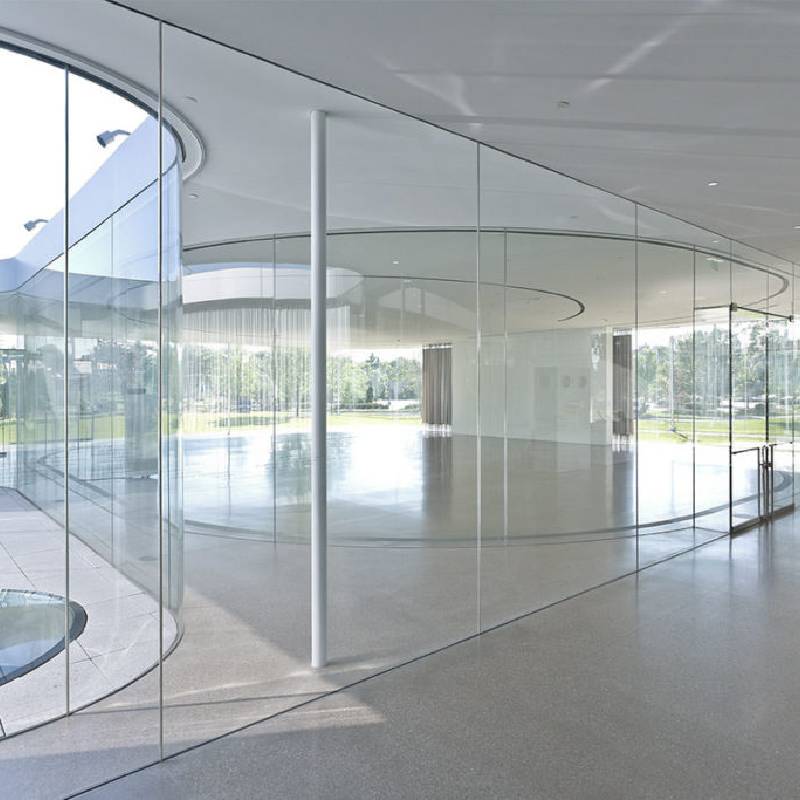

The Advantages of Low-E Reflective Glass in Modern Architecture
In recent years, the architectural industry has seen a significant shift towards sustainable building practices, driven by the need to reduce energy consumption and environmental impact. One of the key innovations that has emerged in this context is low-emissivity (Low-E) reflective glass. This specialized glass offers a host of benefits, making it an ideal choice for modern buildings.
The Advantages of Low-E Reflective Glass in Modern Architecture
One of the primary advantages of Low-E reflective glass is its ability to significantly lower energy bills. Buildings outfitted with this type of glass can see a substantial reduction in heating and cooling costs, as the glass acts as an effective barrier against unwanted thermal transfer. In an era where energy costs are continuously on the rise, this can lead to significant savings for businesses and homeowners alike.

Another benefit of Low-E reflective glass is its contribution to increased indoor comfort. By regulating temperatures, it minimizes hot spots and cold drafts, creating a more pleasant environment for occupants. Moreover, Low-E glass can help reduce glare from sunlight, allowing for better visibility and reducing eye strain in work and living spaces.
In addition to its energy efficiency and comfort-enhancing properties, Low-E reflective glass also plays a vital role in enhancing the aesthetic appeal of buildings. With a sleek, modern appearance, it can complement a wide range of architectural styles. The clarity and transparency of the glass ensure that natural light floods interior spaces, bringing warmth and vibrancy without compromising on energy performance.
Furthermore, the use of Low-E reflective glass has potential environmental benefits. By lowering energy consumption, buildings can reduce their carbon footprint, contributing to a more sustainable future. As governments and organizations around the world push for stricter environmental regulations, incorporating energy-efficient materials like Low-E glass can help meet those standards while promoting green building practices.
In conclusion, Low-E reflective glass stands out as an innovative solution that addresses the modern demands of energy efficiency, comfort, aesthetics, and environmental responsibility. As the architectural landscape continues to evolve, the adoption of Low-E glass will undoubtedly play a key role in shaping sustainable buildings for the future. This versatile material not only enhances the functionality of structures but also contributes to the larger goal of creating a more sustainable and energy-efficient world.